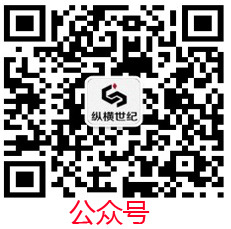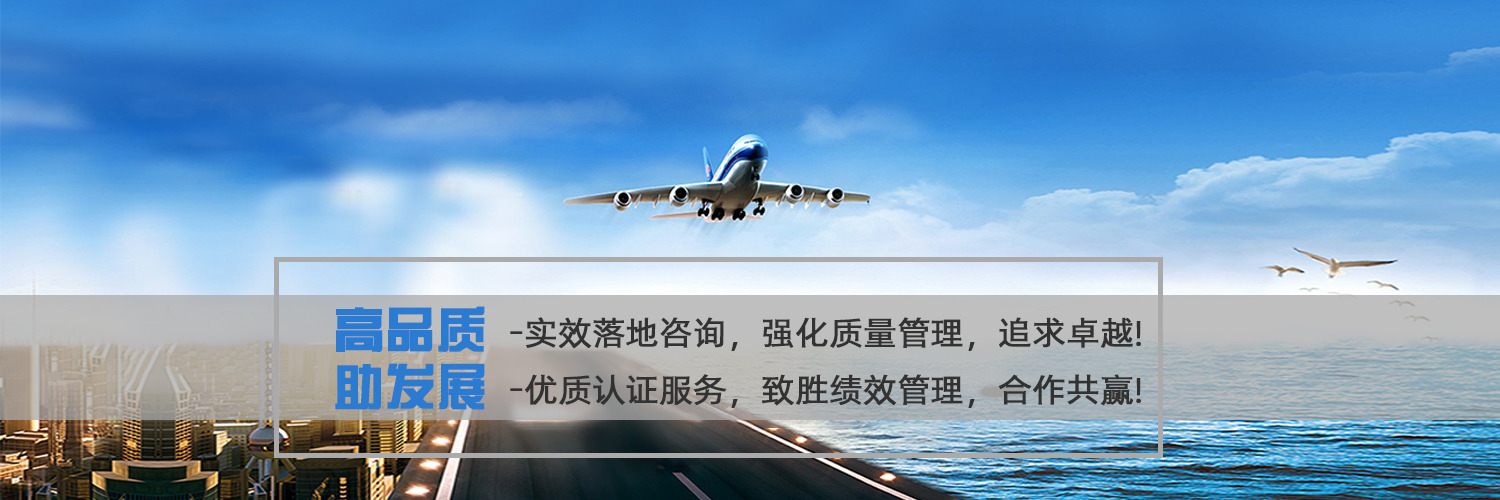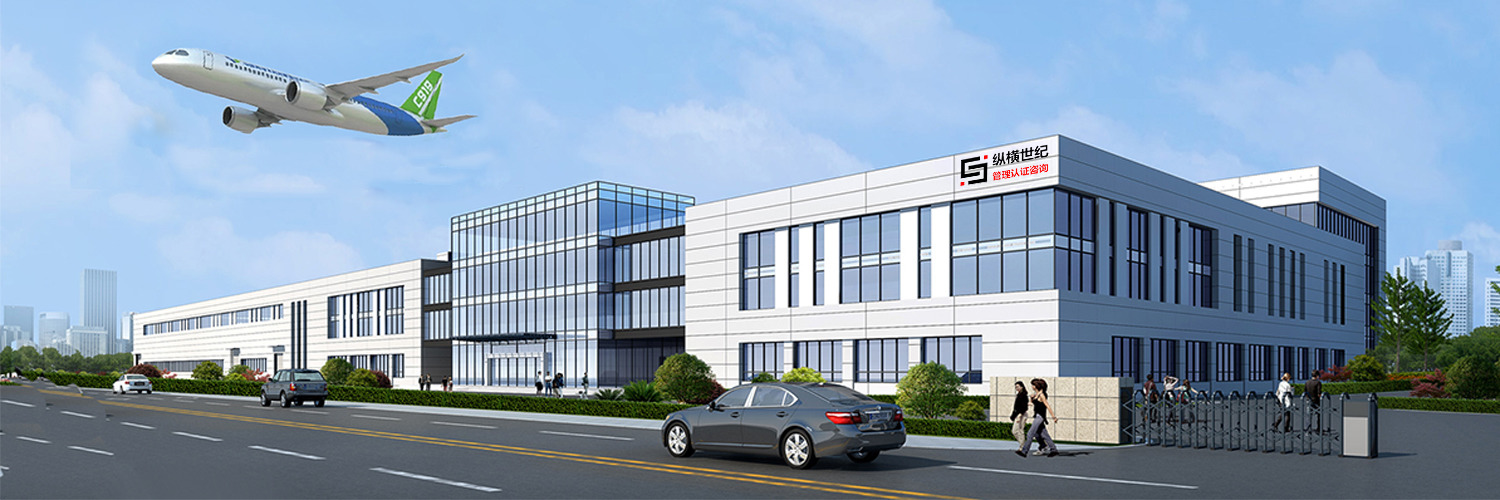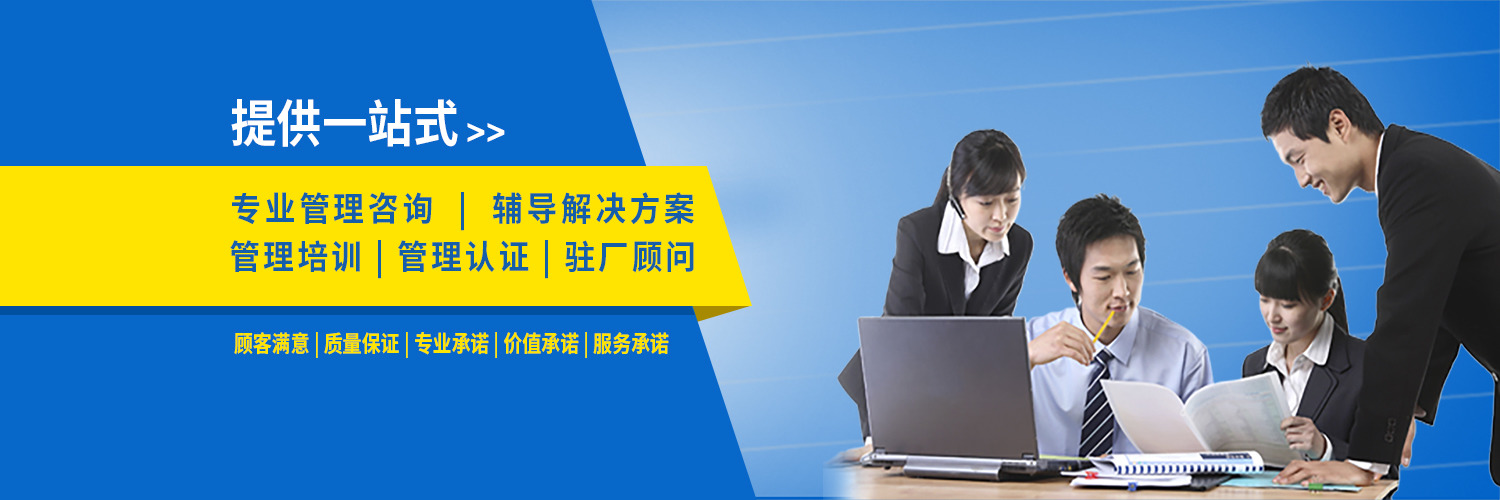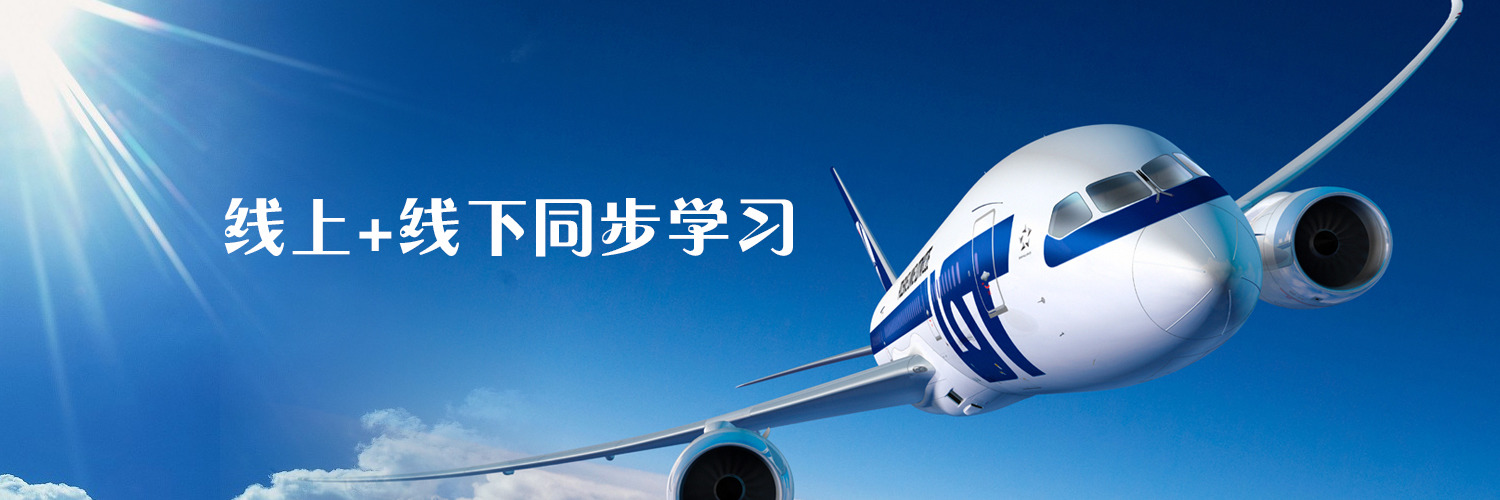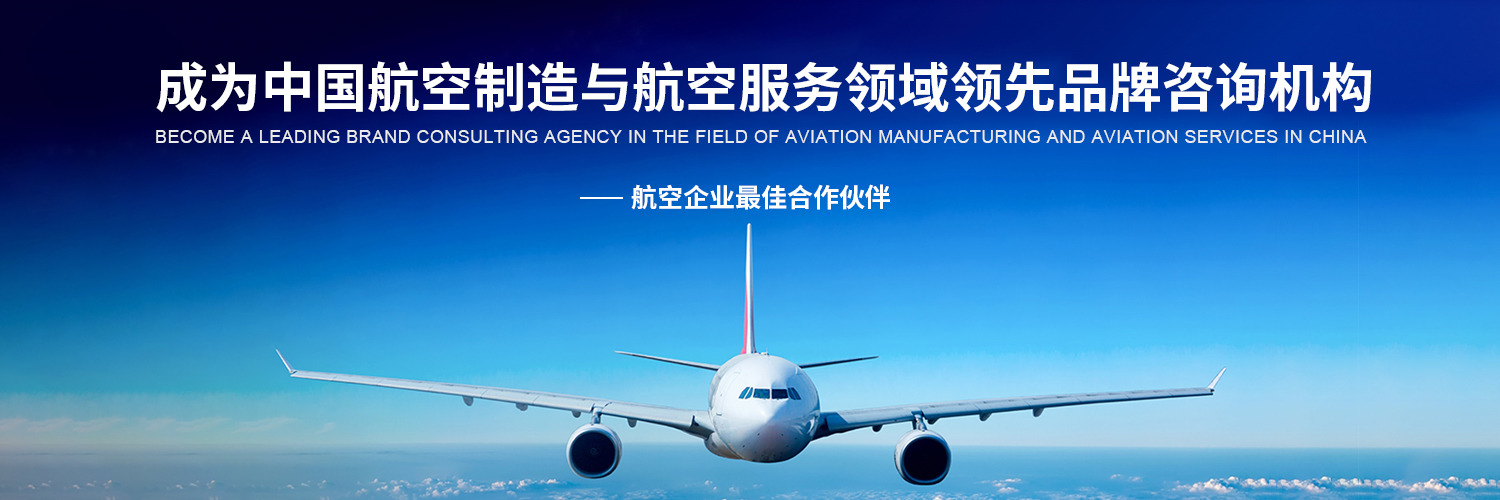
- 首 页
- 关于我们
- 认证咨询
AS9100D AS9110C AS9120B IATF16949:2016 ISO13485:2016 ISO14001:2015 ISO9001:2015 ISO45001:2018 Nadcap特殊认证 ISO20000:2018 ISO27001:2013 GJB9001:2017 ISO28000:2018 ISO 26262:2018 ISO27001:2013 ISOTS22163:2017 ISO50001:2018 ISO22000:2018 SA8000:2014 TL9000(2019-R6.2版) EN15085:2011 GB-T50430:2017 IECQ/QC080000:2018 ISO22716:2007 ISO3834国际焊接体系 ISO37001:2017 ISO15378:2017 ISO22301:2019 ISO/17025:2017 ISO14064:2018 绿色供应链认证 AS6081:2012 AS6496:2014 ISOTS 22163:2017 ISO10012 TPG交通和能源 ISO17000:2015翻译认证
- 管理咨询
- 新闻中心
- 核心团队
- 证书查询
- 联系我们
- 招聘人才
- 线上课程
- 9100:2016 Series of Standards Frequently Asked Questions (FAQs)常见问题

In developing this list of Frequently Asked Questions (FAQ's) for the 9100:2016 Series revisions, input has been obtained from experts and users of the standard from around the world. The list is reviewed and updated on a regular basis to maintain its accuracy, and to include new questions where appropriate. It is intended that this list will also provide a good source of information for new users of the standards.
在为9100:2016系列修订版开发这个常见问题列表(FAQ's)时,已经获得了来自世界各地标准的专家和用户的输入。该清单定期审查和更新,以保持其准确性,并在适当时列入新的问题。本清单还将为标准的新用户提供良好的信息来源。
Questions about the change
1.1 Why has it been decided to issue a new version of ISO 9001 baseline text?
1.1为何决定发出新版本的iso9001基准文件?
Business needs and expectations have changed significantly since the last major revision of ISO 9001 in the year 2000. Examples of these changes are ever more demanding customers, the emergence of new technologies, increasingly more complex supply chains and a much greater awareness of the need for sustainable development initiatives.
自2000年ISO 9001的最后一次主要修订以来,业务需求和期望发生了显著的变化。这些变化的例子包括顾客 的要求越来越高、新技术的出现、越来越复杂的供应链以及对可持续发展倡议的必要性有了更大的认识。
1.2 Does the 9100:2016 Series still apply to all organizations - big, small, different sectors and different items – products, services?
1.2 9100:2016系列是否仍然适用于所有组织——大的、小的、不同的部门和不同的项目——产品、服务?
The concept of the standard has not changed; it's applicable to any type of organization, regardless of the size, type or its core business.
标准的概念没有改变;它适用于任何类型的组织,无论其规模、类型或核心业务。
1.3 How has the structure of the standard changed?
1.3标准的结构发生了怎样的变化?
The structure has been changed to align with the common 10 clauses high-level structure developed by ISO to ensure greater harmonization among its many different management system standards.
The new 10 clauses high-level structure will apply to all ISO management system standards, which is built around the PDCA (Plan-Do-Check-Act) sequence. This will make it easier for organizations to address the requirements of more than one ISO Management System Standard within a single, integrated system.
该架构已作出更改,以配合国际标准化组织(ISO)制定的“共同十项条款”高层架构,以确保其众多不同管理系统标准之间更大程度的协调。
新的10条高级结构将适用于所有ISO管理系统标准,这些标准是围绕PDCA (Plan-Do-Check-Act)顺序构建的。这将使组织更容易在一个单一的集成系统中满足多个ISO管理系统标准的要求。
1.4 What are the main differences in content between the old and new version?
新旧版本在内容上的主要区别是什么?
· The adoption of the high level structure as set out in Annex SL of ISO Directives Part 1
· An explicit requirement for risk-based thinking to support and improve the understanding and application of the process approach
· Fewer prescriptive requirements
· More flexibility regarding documentation
· Improved applicability for services
· A requirement to define the boundaries of the QMS
· Increased emphasis on organizational context
· Increased leadership requirements
· Greater emphasis on achieving desired process results to improve customer satisfaction
•采用ISO指令第1部分附件SL中所述的高层结构
•明确要求基于风险的思维,以支持和改进流程方法的理解和应用
•规定的要求更少
•文档更加灵活
•提高服务的适用性
•定义质量管理体系边界的要求
•更加强调组织背景
•领导力需求增加
•更加强调实现预期的过程结果,以提高客户满意
1.5 How has documentation requirements changed?文档需求是如何变化的?
Specific documented procedures are no longer mentioned; it is the responsibility of the organization to maintain documented information to support the operation of its processes and retain thedocumented information necessary to have confidence that the processes are being carried out as planned. The extent of the documentation that is needed will depend on the business context.
• 提高服务的适用性
•定义质量管理体系边界的要求
•更加强调组织背景
•领导力需求增加
•更加强调实现预期的过程结果,以提高客户满意度
1.6 The standard does not mention a quality manual, is it still required?
1.6标准中没有提到质量手册,还需要吗?
A quality manual is no longer specifically required. The new standard requires the organization to maintain documented information necessary for the effectiveness of the quality management system (QMS). There are many ways to do this and a quality manual is just one. If it is convenient and appropriate for an organization to continue to describe its quality management system in a quality manual then that is perfectly acceptable. The 9100:2016 standard added requirements in clause 4.4.2 that included the previous quality manual requirements in addition to including additional information. Your organization must comply if you have statutory, regulatory, or customer requirements to maintain a quality manual.
不再特别需要质量手册。新标准要求组织维护质量管理体系有效性所必需的文件化信息。有很多方法可以做到这一点,质量手册只是其中之一。如果一个组织在质量手册中继续描述其质量管理体系是方便和合适的,那么这是完全可以接受的。9100:2016标准在第4.4.2条中增加了要求,包括以前的质量手册要求以及附加信息。如果您有法律、法规或客户要求,您的组织必须遵守以维护质量手册。
1.7 Why has management review been moved to performance evaluation? (9.3)
1.7为何将管理检讨转为工作表现评核?(9.3)
The sequence of the new version of 9100:2016 is based on the Plan, Do, Check, Act cycle and so, in order to evaluate quality management system performance, it makes sense for management review to follow the measurement of the system performance.
新版本9100:2016的顺序是基于计划、Do、Check、Act cycle等,为了评价质量管理体系绩效,管理评审遵循体系绩效的度量是有意义的。
1.8 The title of management representative has been removed from ISO 9001:2016 and then added in 9100:2016.
1.8管理者代表的头衔已从ISO 9001:2016中移除,并在9100:2016中添加。
The ISO intent was that it is up to top management to ensure that the roles and responsibilities are assigned for reporting on the performance of the QMS. Some organizations might find it convenient to maintain their current structure, with a single person carrying out this role.
Others might take advantage of the additional flexibility to consider other structures depending on their organizational context.
ISO的意图是由最高管理层负责确保为报告质量管理体系的性能分配了角色和职责。一些组织可能会发现维护他们当前的结构很方便,由一个人来执行这个角色。其他人可以利用额外的灵活性,根据组织上下文考虑其他结构。
1.9 Why has product been changed to product and service?
1.9为什么产品被更改为产品和服务?
9100:2009 already made it clear that the term product in the previous version of the standard also includes service, so there is no impact in practical terms. The term product and service is now used throughout the standard to reflect the far greater use of the standard outside of the manufacturing sector, and to emphasize its applicability in the service industries.
9100:2009已经明确表示,在以前版本的标准中,术语product也包括服务,因此在实际中没有影响。“产品和服务”一词现在在整个标准中使用,以反映制造业以外对该标准的更多使用,并强调其在服务行业的适用性。
1.10 What is risk-based thinking and why has it been introduced into the standard?
1.10什么是基于风险的思维?为何将其引入标准?
The phrase risk-based thinking is used to describe the way in which the ISO 9001:2015 baseline text addresses the question of risk. The concept of risk has always been implicit in the ISO 9001 text, by requiring the organization to plan its processes and manage its business to avoid undesirable results. Organizations have typically done this by putting greater emphasis on planning and controlling processes that have the biggest impact on the quality of the products and services they provide. The way in which organizations manage risk varies depending on their business context (e.g. the criticality of the products and services being provided, complexity of the processes, and the potential consequences of failure). Use of the phrase risk-based thinking is intended to make it clear that while an awareness of risk is important, formal risk- management methodologies and risk assessment are not necessarily appropriate for all business situations and organizations. For further information about risk-based thinking, see ISO TC176 website at http://isotc.iso.org/livelink/livelink/open/tc176SC2public and Annex A.
Risk based thinking has merged very well with the 9100:2009 addition of risk management, which was product focused and limited to the Product Realization clause, now Operations. See Annex A.4 for additional information on the differences
基于风险的思考”一词用于描述ISO 9001:2015基准文本处理风险问题的方式。风险的概念一直隐含在ISO 9001文本中,要求组织计划其过程和管理其业务,以避免不希望的结果。组织通常通过更加强调对其提供的产品和服务的质量有最大影响的规划和控制过程来实现这一点。组织管理风险的方式因其业务上下文而异(例如,所提供的产品和服务的临界性、流程的复杂性以及失败的潜在后果)。使用“基于风险的思考”一词是为了表明,虽然风险意识很重要,但正式的风险管理方法和风险评估并不一定适用于所有业务情况和组织。有关基于风险的思维的进一步信息,请参见ISO TC176网站http://isotc.iso.org/livelink/livelink/open/tc176SC2public和附件A。基于风险的思想与9100:2009增加的风险管理很好地融合在了一起。关于差异的其他资料见附件A.4
1.11 What has been changed in terms of planning?
1.11在规划方面有什么变化?
9100:2016 requires the organization to address risks and opportunities, quality objectives and planning of changes throughout the organization. As new products, technologies, markets and business opportunities arise, it is to be expected that organizations will want to take full advantage of these opportunities. This has to be done in a controlled manner, and be balanced against the potential risks involved, which could lead to undesirable side effects.
9100:2016要求组织应对风险和机遇,质量目标和组织变更的计划。随着新产品、新技术、新市场和新商业机会的出现,预计各组织将希望充分利用这些机会。这必须以可控的方式进行,并与可能导致不良副作用的潜在风险相平衡。
1.12 Are organizations still allowed to exclude requirements of ISO 9001?
1.12是否仍然允许组织排除iso9001的要求?
9100:2016 no longer refers to “exclusions” in relation to the applicability of its requirements to the organization’s quality management system. However, an organization can determine the applicability of requirements. All requirements in the new standard are intended to apply. The organization can only decide that a requirement is not applicable if its decision will not affect its ability or responsibility to ensure the conformity of products and services and the enhancement of customer satisfaction.
9100:2016不再指其要求对组织质量管理体系适用性的“删除”。然而,组织可以确定需求的适用性。新标准中的所有要求均适用。组织只有在其决定不影响其确保产品和服务的符合性和提高客户满意度的能力或责任的情况下,才能决定某项要求不适用。
1.13 What is the process approach and is it still applicable to 9100:2016?
1.13过程方法是什么,是否仍然适用于9100:2016?
The process approach is a way of obtaining a desired result, by managing activities and related resources as a process. Although the clause structure of 9100:2016 follows the Plan-Do-Check- Act sequence, the process approach is still the underlying concept for the QMS. For further guidance, please refer to the Support Package module: Guidance on the Concept and Use of the Process Approach for management systems.
过程方法是一种通过将活动和相关资源管理为一个过程来获得预期结果的方法。虽然9100:2016的子句结构遵循Plan-Do-Check- Act序列,但是过程方法仍然是QMS的基本概念。有关进一步的指导,请参阅支持包模块:关于管理系统过程方法的概念和使用的指导。
1.14 What are the benefits of the new version of 9100:2016?
9100:2016新版本的好处是什么?
Less prescriptive, but with greater focus on achieving conforming products and services More user friendly for service and knowledge-based organizations
· Greater leadership engagement
· More structured planning for setting objectives
· Management review is aligned to organizational results
· The opportunity for more flexible documented information
